By Rebecca Holcombe
Director of Community Programs
Fresh snow is the perfect canvas for exploring animal tracks and signs and discovering what kinds of wildlife might be visiting your backyard or local park.
![]() Winter animal tracking does not take any special knowledge or expertise. When we are exploring with children, the purpose is to encourage curiosity, not to take a scientifically accurate survey.
Winter animal tracking does not take any special knowledge or expertise. When we are exploring with children, the purpose is to encourage curiosity, not to take a scientifically accurate survey.
Basic props
This are optional. You can certainly explore with no props at all!
- A wildlife track card (like this one, also shown below). Children like to compare what they see in the snow to the wildlife track pictures to try to identify the tracks they are finding.
- A hula hoop or jump rope. This is really useful if you are tracking with more than one child. Each tracker has a hula hoop (or something similar) that they can put down in the snow around a track they want to investigate. This helps prevent excited siblings or friends from trampling the newly discovered track when they come running to check out the find!
- Magnifying glass: a tool that encourages investigation and exploration adds to the fun!
What are we looking for?
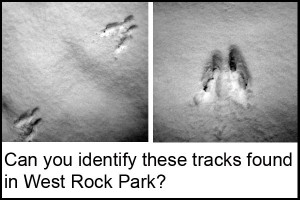 Animal Tracks! Make sure that children understand that a track is the animal’s footprint, left behind in the snow (just like we can make handprints with paint). Different kinds of animals leave their own special tracks because they all have differently shaped feet. Some animals with long tails even leave tail drag marks! In Connecticut, this most often applies to field mice and opossums.
Animal Tracks! Make sure that children understand that a track is the animal’s footprint, left behind in the snow (just like we can make handprints with paint). Different kinds of animals leave their own special tracks because they all have differently shaped feet. Some animals with long tails even leave tail drag marks! In Connecticut, this most often applies to field mice and opossums.
Animal Signs! This includes poop (be like a wildlife biologist and call it scat), fur, feathers, chewed nuts and seeds, and sometimes even blood if a hawk or owl has been hunting. Animal signs can be very exciting – we can use them to help guess what the animal might have been doing. Don’t be afraid to do some scat investigation! If you look closely (poking with a stick, not touching with hands), the scat from carnivores like foxes and coyote often has fur and small bones in it – super cool!
So what do we do?
Invite your child to go on an animal hunt! Look at some pictures of animal tracks together (like the track card above), and talk about animal tracks, animal signs, and the kinds of animals that your child thinks might live nearby. Then go stomping about in your backyard or a local park. Wild animals don’t prefer to cross wide open areas with no cover. Look next to fences, around bushes, or in stands of trees. When you see an animal track, look more closely. Can you follow it? Where does it go? Did the animal leave any more signs behind?
Here is the secret:
You do not need to be able to accurately identify any animal tracks – that’s not the point! You and your child can make some guesses together and have fun imagining the wildlife visitors who might be coming to your neighborhood.
Kids from this week’s February school vacation program paint plaster casts of animal tracks before setting out to discover tracks near our trails.
If you can’t find many tracks on a particular day, see if you can make some! Grab some sticks and see if you or the kids can draw tracks, and then you can all guess what the tracks are. Add in twenty-questions style questions or charades if hints are needed. The point is to get outside, be curious about the natural world, and have fun together.
Continue the tracking fun!
Keep the activity going by taking the fun inside. You can make plaster casts of tracks you find (or order track casting kit–we’ve used these from Acorn Naturalists) and paint them!

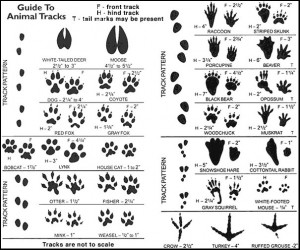

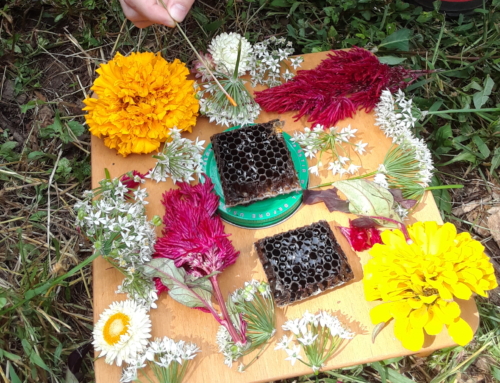
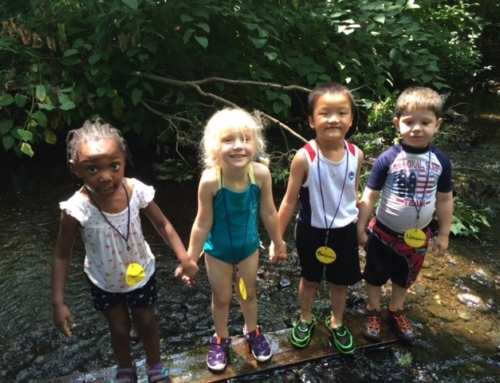
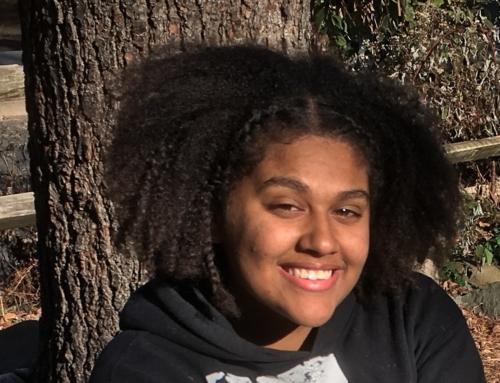

Leave A Comment